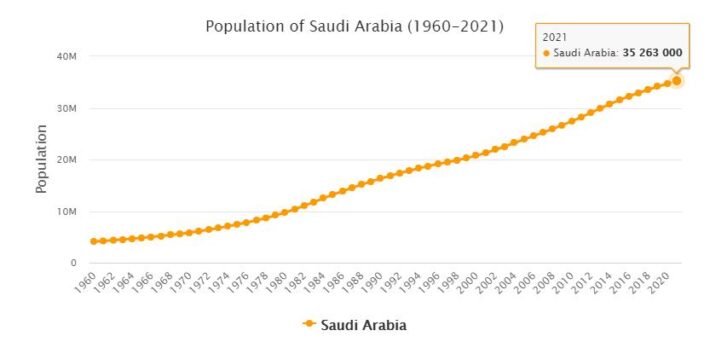Yearbook 2012
Saudi Arabia. The struggle for how Islam is to be translated into Saudi politics continued throughout the year. It was particularly troubling at the border with Yemen, where Shi’ite Muslim rebels protested against what they experienced as oppression during the Wahhabit regime. Two people were killed there in February and just as many in July. In May, the Saudi military was reported to have campaigned against the rebels inside Yemen.
During the year, trials were also launched against hundreds of people, most of them Saudi but also a number of Yemenis, suspected of colluding with the terror network al-Qaeda. Recruitment to al-Qaeda was estimated to increase due to widespread unemployment and also through the unemployment in Yemen which gave al-Qaeda leeway there. In May, Saudi Arabia pledged $ 3.25 billion in support of the new Yemeni government. Two Saudi border guards were reported to have been killed by al-Qaeda in November, and on November 28, a Saudi diplomat and his bodyguard were shot dead in Yemen’s capital Sana.
- AbbreviationFinder.org: Provides most commonly used acronyms and abbreviations for Saudi Arabia. Also includes location map, major cities, and country overview.
The Crown Prince, the Prime Minister and also the Minister of the Interior Nayif, who had taken office in 2011, died in June. In the post of Crown Prince and Prime Minister, he was succeeded by his half-brother, Prince Salman. At the powerful post of Interior Minister, the king first appointed another half-brother, Prince Ahmed, but he was unexpectedly succeeded in October by a representative of the younger generation, the deceased Nayif’s 53-year-old son Mohammed ibn Nayif. The appointment was seen as an attempt by the relatively moderate King Abdullah to keep the most conservative princes from the core of power.
Over 50 young women were injured and one was killed in March when police intervened against female students demonstrating against abuses at King Khaled University in the city of Abha.
About 1,000 Nigerian women were arrested in connection with the pilgrimage to Mecca in September. They were accused of violating the requirement not to travel without a male guardian, but most traveled with their spouses. In Nigeria, married couples often have different surnames.
Swedish Defense Minister Sten Tolgfors resigned on March 29 after Sweden’s Radio revealed that the Swedish government had plans to assist Saudi Arabia with the construction of a weapons factory there.
Swedish furniture manufacturer IKEA received sharp international criticism in early October after it was discovered that its Saudi branch had retouched women from images in the company’s furniture catalog.
Riyadh
Riyadh, al-Riyadh, the capital of Saudi Arabia; 7.1 million inbd (2015). The city is centrally located in the country in the al-Najd region; the country’s only railroad connects the city with al-Dammam on the Persian Gulf. Riyadh stood in the shadow of Jeddah by the Red Sea until the late 1970’s, when central administration and foreign representations were seriously established. Now, only a little of the old town is left, while the modern steel, glass and concrete buildings have shot up everywhere. However, there is still a traditional souk (bazaar); it is especially used by the city’s many guest workers.
Large, luxurious shopping malls and freeways without sidewalks characterize the cityscape. The embassies are gathered in a special, guarded district, Diplomatic Quarters, where also the Danish embassy, designed by Henning Larsen, is located. Larsen is also behind the Ministry of Foreign Affairs’ beautiful building complex.
In Riyadh, which is both the country’s administrative and commercial center, there is also a modern, newly built opera house. However, it is not used because of the strict Saudi Arab interpretation of Islam. Since the late 1990’s, Riyadh has experienced the emergence of slums on the periphery of the city alongside the vigorous urbanization.
Riyadh was designated the capital of Saudi Arabia’s independence in 1932. The background was that the dominant Saud family had its headquarters here since it was expelled by the Ottomans from the neighboring city of al-Diriyah in 1818.
Population 2012
According to countryaah, the population of Saudi Arabia in 2012 was 31,717,556, ranking number 41 in the world. The population growth rate was 2.950% yearly, and the population density was 14.7545 people per km2.
